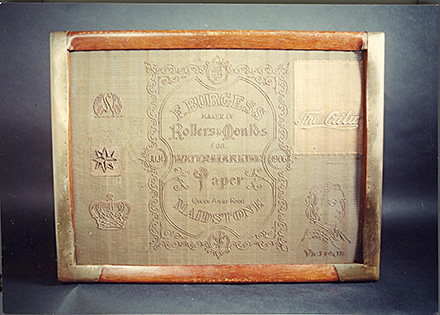I have always been labeled a perfectionist throughout my life, and it has proved to be a blessing and a curse. With enough time I could create a beautifully bounded book with straight edges and even margins. A normal and less OCD person though could probably bind 4 decent books in the time it would take me to make my one. I seriously was the last one in the classroom because I couldn't get over the fact that my page edges were uneven and ragged. (Though that did mean that I got to spend a little more time in the "Forbidden Room of Cushing Library). For this reason, I would probably not have made a good book maker in the past. We were told in class that to be a good book maker you had to be efficient. That meant quantity could not be sacrificed for quality.

If I were a book maker though, I would not want to create just a decent book. Whoever wrote the contents of the book that was being published obviously spent time creating or compiling its contents. So much time and effort does not deserve being slapped together as quickly as possible into a book. In my opinion, a work of art deserves a beautiful frame to match it and enhance its beauty. A beautifully written book deserves a binding and cover that will physically display that beauty to the human eye. Not only that, but a cover and binding must be of the quality that protects the contents of a book. A poorly done binding will most likely not withstand the test of time.
Of course, one has to take into consideration of what it costs to put a binding on a book that takes time and is of high quality. In some cases, the cost of putting the time and resources into a well bounded book was not worth the gain. If a certain publication was popular, then the demand for that book would be greater. Book makers would have benefited more from a production that favored quantity over quality. Keeping up with demand means that the workers had to create more book and could not take the time to make each and every one of them perfect. There were no machines back then that could cut a perfectly straight line, so it was up to those book makers of the past to cut a line that was more or less straight.

At the end of the day, I had come to really respect those who had made the paper and bound all those books. It's another part of life that I never appreciated until I took the time to really understand how it all works and how much work it really is.



















